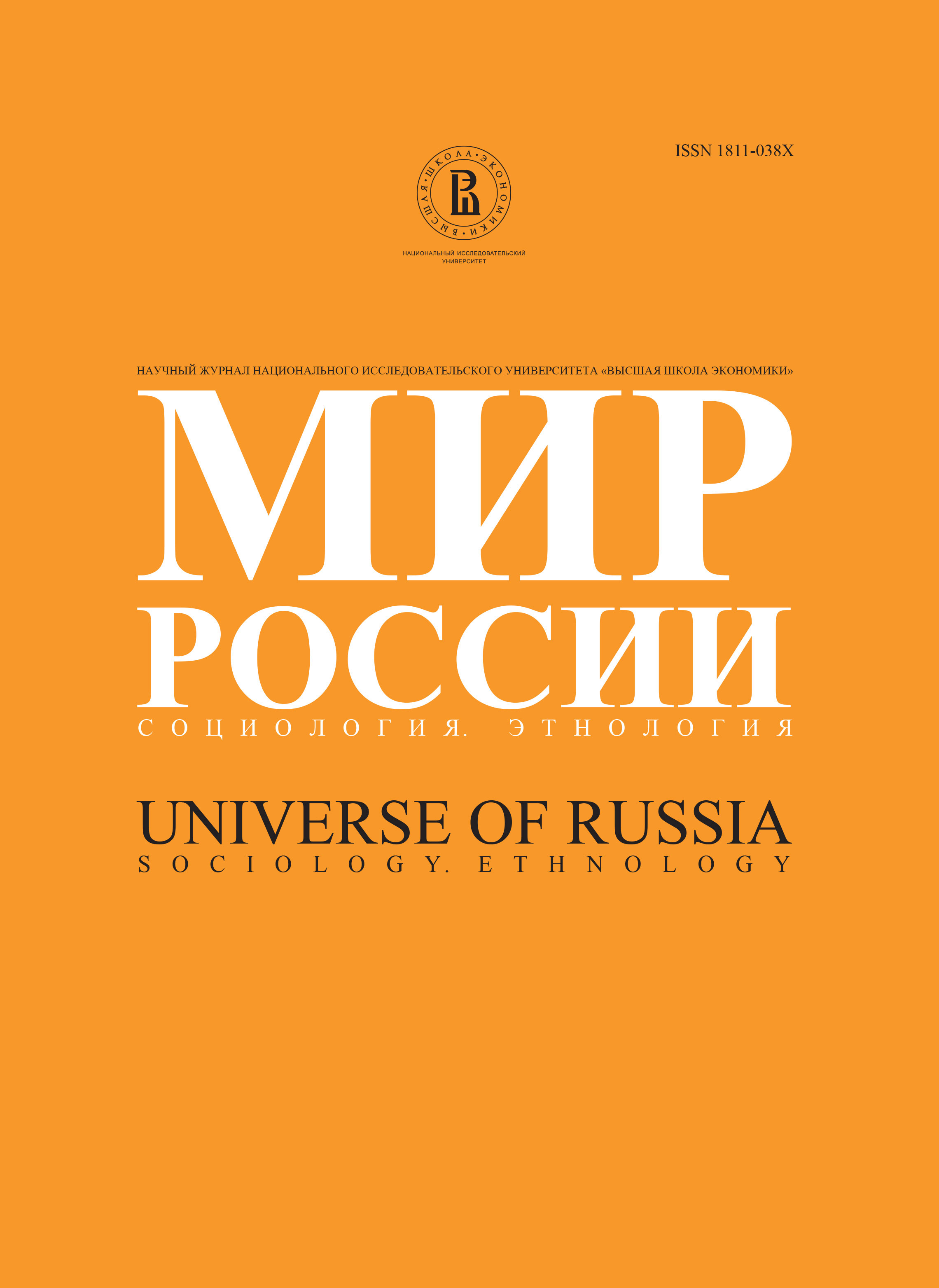Evolution Analysis of the Agrarian Institutional System in Russia
Abstract
Contemporary Russian statistics of the agrarian sector distinguishes three types of rural economies: farming organizations, personal subsidiary economies (PSEs) and peasant farm economies (PFEs). The definitions of the latter two are linked with the ideology of their legal implementation. It can now be stated, that both ideologies have not proved as worthy as they were intended. And it is unsurprisingly weird to call PSEs, which account for almost one half of the country’s gross agricultural product, ‘personal subsidiaries’ as they are. At the same time family farms play a rather marginal role in Russia providing 6,4% of the related gross product. The reasons for this may be searched in two different directions with drawbacks of the state agricultural policy among them. The article analyses current situation in Russian agricultural sector as a result of the centuries-long institutional evolution. Such analysis, according to our point of view, allows to better comprehend the current situation of this sector in the economy of the country and choose a more realistic agricultural policy. The analysis has shown, that such institutional shocks as selfhood abolishment in 1861 and Stolypin’s reform in 1906, the October revolution in 1917, collectivization of 1920-1930s and the post-Soviet reforms in 1990s with further adjustment in the beginning of the new century have developed in cycles. These cycles may be presented as follows: the functioning of the institutions provokes the reactions of different actors, which are expressed in their ideologies; ideologies clash for the influence and the one that wins determines further legislation, which is produced to overcome the problems of institution functioning; the new legislation affects (but not determines) the functioning of institutions with former and/or new problems and here we come to the start of the new cycle. Legislation does not determine the way institutions function, because the rules which underlie institutions can be formal as well as informal. To comprehend the compatibility or incompatibility of formal and informal rules one has to analyse the dynamics of these relations, because social and economic realities are very inertial. At the same time on has to consider, that significant factors to determine this dynamics are the perceptions of institution functioning by different actors, who are straightforwardly connected to the ideologies they share. Our evolution analysis suggests that there exists a special Russian agrarian institutional systems, which continues to function nowadays. Under such system we understand the total of interconnected agrarian institutions, which function since the emergence of Moscovia. And its basic institution always was and to a large extent still is its peasant economy. It is baseness is due to the fact, that it always accounted for the larger part of the agricultural produce and acted as a major reproduction factor for the rural population in Russia. The second institution of the Russian agrarian institutional system is the rural community. In Russia’s centralised state it always played an important organisational and fiscal role in production. The institution of government control over territories is the third component of the mentioned system. It was the key institution of enforcement in the agricultural production. And the last, but not least, refers to the inherited states or benefices (pomestiye, votchina). All of the four listed institutions are closely connected to each other and their functioning and evolution can be understood only through their mutual interaction. On different stages of its historical development this institutional system has gone many metamorphoses but preserved it core. Our analysis reveals why many agrarian transformations in Russia, which were inspired by the ideologists of liberal reforms, have failed. It also gives a good overview of the situation in Russian agricultural sector today.Key words: Agrarian institutional system in Russia, agrarian sector, institutional evolution






